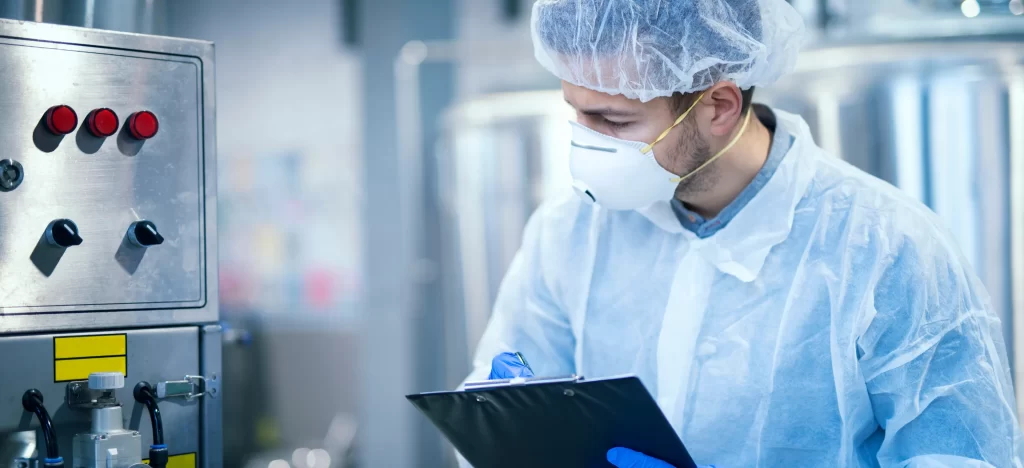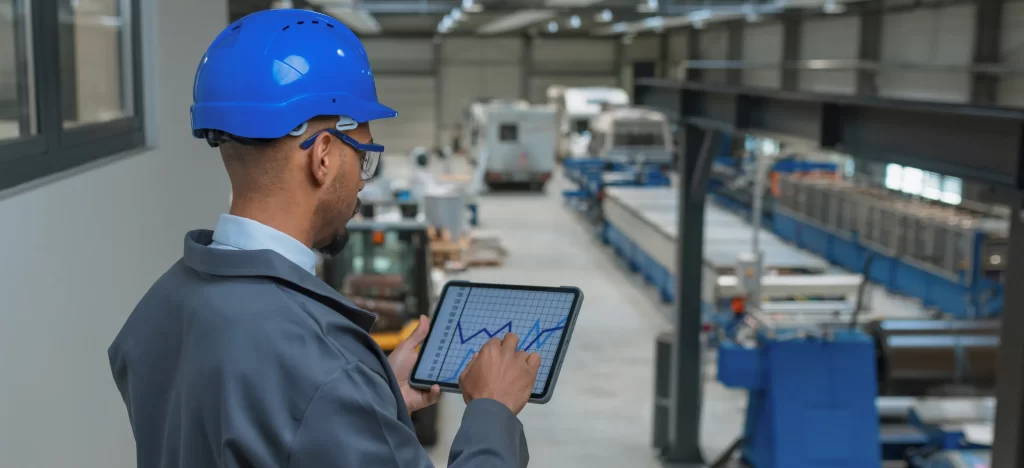Introduction
Quality control has always been the backbone of manufacturing; ensuring that every product leaving the line meets right standards. But as industries scale and processes grow increasingly complex, even the smallest deviations can slip through traditional inspection systems. Manual checks, sampling-based audits, and post-production analysis often lead to defects being discovered too late, resulting in waste, rework, and rising costs.
Today, data analytics with the right IIOT tools are rewriting this story. They’re shifting quality control from a reactive process that catches problems after they happen to a proactive, predictive, and even autonomous system that prevents them before they occur. Welcome to the era of Quality 4.0.

From Reactive to Predictive: The Evolution of Quality
Traditional quality control relies on end-of-line inspections by testing finished products or samples to check for defects. While effective decades ago, this approach fails to meet the precision and speed of modern production environments. Data analytics transforms this by introducing three layers of intelligence:
Descriptive Analytics (What happened?)
Dashboards visualize live data from machines and sensors, showing defect rates, production counts, and process trends in real time.
Diagnostic Analytics (Why did it happen?)
By correlating data points, analytics uncover root causes. For instance, recurring defects might be traced to a specific pressure fluctuation or humidity threshold.
Predictive Analytics (What will happen?)
Machine learning models analyze live sensor data, like vibration, temperature, or flow to predict when a process is about to drift from optimal conditions.
This layered approach transforms quality management from reactive inspection to predictive prevention and leads to saving time, reducing costs, and protecting output quality.

IIoT: The Foundation of Data-Driven Quality
None of this intelligence is possible without data and that’s where IIoT sensors come in. These smart devices bridge the physical and digital worlds, continuously capturing vital process parameters from every machine, tool, and line.
-
- Vibration sensors monitor bearings and motors, flagging early signs of wear.
- Temperature sensors ensure machinery and chemical mixtures stay within tight operating limits.
- Pressure and flow sensors maintain consistency in pneumatic, hydraulic, and chemical systems.
- Acoustic sensors “listen” for abnormal frequencies that indicate faults.
- Vision systems use AI-enabled cameras to detect surface defects or misalignments invisible to the human eye.
With IIoT, factories move from hourly manual checks to millisecond-level monitoring, where every deviation is detected the moment it happens.

The Future: Smart, Predictive, and Autonomous
The convergence of data analytics, IIoT, and AI is redefining quality control across manufacturing sectors from automotive to electronics, pharmaceuticals to food processing. This transformation means fewer defects, less waste, faster production cycles, and greater profitability.
Vistrian solutions bring the expertise, technology, and insight to help manufacturers build quality right into your process. Empower your factory with smart, data-driven solutions that make every product a benchmark of excellence.

